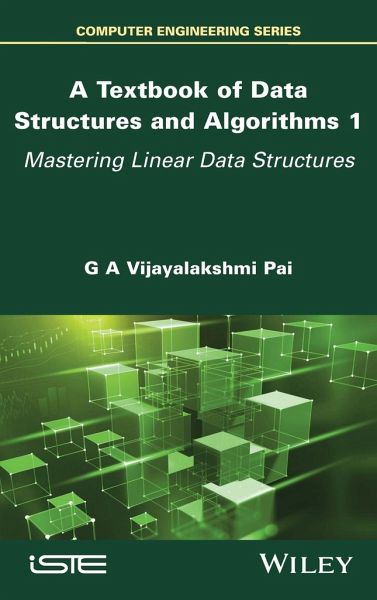
A Textbook of Data Structures and Algorithms, Volume 1
Mastering Linear Data Structures
Versandkostenfrei!
Versandfertig in über 4 Wochen
145,99 €
inkl. MwSt.
Weitere Ausgaben:

PAYBACK Punkte
73 °P sammeln!
Data structures and algorithms is a fundamental course in Computer Science, which enables learners across any discipline to develop the much-needed foundation of efficient programming, leading to better problem solving in their respective disciplines. A Textbook of Data Structures and Algorithms is a textbook that can be used as course material in classrooms, or as self-learning material. The book targets novice learners aspiring to acquire advanced knowledge of the topic. Therefore, the content of the book has been pragmatically structured across three volumes and kept comprehensive enough to...
Data structures and algorithms is a fundamental course in Computer Science, which enables learners across any discipline to develop the much-needed foundation of efficient programming, leading to better problem solving in their respective disciplines. A Textbook of Data Structures and Algorithms is a textbook that can be used as course material in classrooms, or as self-learning material. The book targets novice learners aspiring to acquire advanced knowledge of the topic. Therefore, the content of the book has been pragmatically structured across three volumes and kept comprehensive enough to help them in their progression from novice to expert. With this in mind, the book details concepts, techniques and applications pertaining to data structures and algorithms, independent of any programming language. It includes 181 illustrative problems and 276 review questions to reinforce a theoretical understanding and presents a suggestive list of 108 programming assignments to aid in the implementation of the methods covered.




